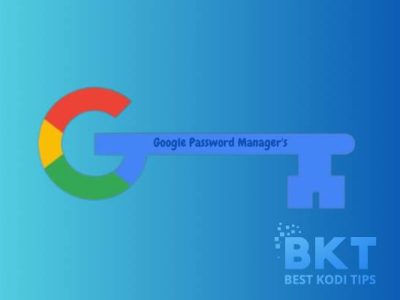The cyber-world is becoming more hostile than ever as companies store and use personal data to deliver their customers a better experience. Adding the recently popular remote work model, online businesses face a severe risk of data breaches.
Luckily, cybersecurity practices are adapting to this threat. The Zero Trust model appears as a modern way to prevent these threats, so here is everything you need to know about Zero Trust.
What is Zero Trust Security?
The Zero Trust security model is a cybersecurity approach that adapts to ever-growing data breach threats by believing every user and device can be a potential source of cyber-attack.
John Kindervag created it in 2010 to keep up with the changing trends in the digital world. Online businesses were transitioning to cloud-based services at an unprecedented pace, and it was high time for a new, modern security approach.
In essence, the Zero Trust model requires verification and validation before authorization to any device or end-user. It’s a contrary model to the traditional approach where employees log in to the network and access all corporate resources without further verification.
Companies that adopt the Zero Trust principles can provide secure access even to remote employees who need a direct yet safe way to access cloud applications. Zero Trust takes verification to the end-users and unprotected cloud tools. Thus, they can verify team members from any Wi-Fi connection, device, or application.
The Zero Trust model considers no physical boundaries to which cyber security will apply. If an employee requests access to a business tool or a corporate data center, they need to verify themselves even if they’re already in the network.
Zero Trust takes precautions against device thefts and outside threats by adopting verification methods such as multifactor authentication and biometrics. It also ensures internal security by blocking users from accessing the data they’re not authorized to see or use.
Benefits of the Zero Trust model
1-) Straightforward cyber-security structure
Your company doesn’t need an overly complicated cyber-security architecture if you can protect the network with simple tools. Zero Trust is the perfect way to simplify cybersecurity thanks to its convenient verification procedures and automated threat detection.
2-) Identity-based verification & secure remote access
You can shift your network to identity-based verification by implementing Zero Trust via VPN vendors. This verification procedure ensures the users are validated even if they are accessing remotely, connecting from unprotected public Wi-Fi or personal devices.
If you verify the user personally with methods such as biometrics, you can ensure secure access for remote team members worldwide.
3-) Secure communications within the network
The Zero Trust security model goes way deeper than traditional approaches. It integrates validation even in the network. So, if you have various tools, applications, or services communicating with each other, you can guarantee their security.
Since every person, device, or service is verified before sending or receiving information, internal data breach risk becomes almost impossible to hack.
Myths about the Zero Trust security model
1-) Zero Trust is only applicable to large businesses
Zero Trust security applies to all sizes of companies. Since this model is cloud-based, it can be quickly adopted through VPN providers who charge per user. Even if you don’t have many employees, you can get away with nominal fees and benefit from the model.
2-) Zero Trust causes a bad user experience
On the contrary, Zero Trust provides a better user experience since it makes cybersecurity straightforward and easy to use. It’s a big convenience for your IT security team and employees. It takes the burden off your IT department by automating threat detection and provides easier verification for your employees.
3-) Zero Trust is only applicable to on-prem resources
Wrong. The Zero Trust security model is a measure to ensure that the physical boundaries of a corporate network are eliminated. These services can be applied to cloud-based applications where you need user verification.
You can use the Zero Trust model for both on-prem resources and cloud tools since it takes verification to users’ doorsteps. It doesn’t matter if the access-requested service or resource is in your data center or the cloud.
Conclusion
Cybersecurity is more significant than ever as the threats to personal data increase every day. Hackers are looking for a way into the networks of online businesses to steal whatever they can.
The excellent news is cybersecurity measures are also improving with the advance in technology. The Zero Trust security model is one of the most modern, foolproof, and convenient approaches that ensure the complete security of corporate networks. Check out this emerging technology to prevent potential data breaches, legal issues, and profit loss.















Comments